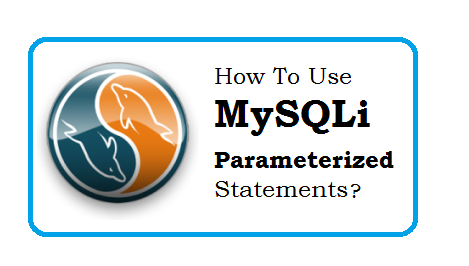
Question: How to start MySQL Service?
Start MySQL Server using service
Start MySQL Server using using init.d
Start MySQL Server using systemd
Question: List the MySQL Users
Question: List all databases
Question: Grant insert,UPDATE,delete privileges on the mydb (DB) to dbuser (User)
Question: Grant all privileges on the mydb (DB) to dbuser(User)
Question: Show all the privileges to dbuser(User)
Question: Revoke insert,UPDATE,delete privileges on the mydb (DB) from dbuser (User)
Question: List all the Proesslist in MySQL
Question: What are different MySQL storage engines
Start MySQL Server using service
sudo service mysql start
Start MySQL Server using using init.d
sudo /etc/init.d/mysql start
Start MySQL Server using systemd
Start MySQL Server using systemd
Question: List the MySQL Users
select user from mysql.user;
Question: List all databases
show databases
Question: Grant insert,UPDATE,delete privileges on the mydb (DB) to dbuser (User)
GRANT INSERT, UPDATE, DELETE ON mydb.* TO bob@localhost;
Question: Grant all privileges on the mydb (DB) to dbuser(User)
grant all privileges on mydb.* to dbuser@localhost;
Question: Show all the privileges to dbuser(User)
SHOW GRANTS FOR dbuser;
Question: Revoke insert,UPDATE,delete privileges on the mydb (DB) from dbuser (User)
REVOKE INSERT, UPDATE ON mydb.* FROM dbuser@localhost;
Question: List all the Proesslist in MySQL
SHOW Full PROCESSLIST
Question: What are different MySQL storage engines
- MyISAM: Before MySQL version 5.5, MyISAM is the default storage engine. MyISAM extends the former ISAM storage engine. MyISAM tables are optimized for compression and speed. MyISAM tables can be compressed into read-only tables to save spaces. The MyISAM tables are not transaction-safe. MySQL also checks and repairs InnoDB tables.
- InnoDB: InnoDB tables fully support ACID-compliant and transactions. InnoDB table supports foreign keys, commit, rollback, roll-forward operations. MySQL also checks and repairs InnoDB tables.
- MERGE: A MERGE table is a virtual table that combines multiple MyISAM tables that have a similar structure to one table. MERGE table does not have its own indexes;
- MEMORY: The memory tables are stored in memory and use hash indexes so that they are faster than MyISAM tables The lifetime of the data of the memory tables depends on the uptime of the database server.


